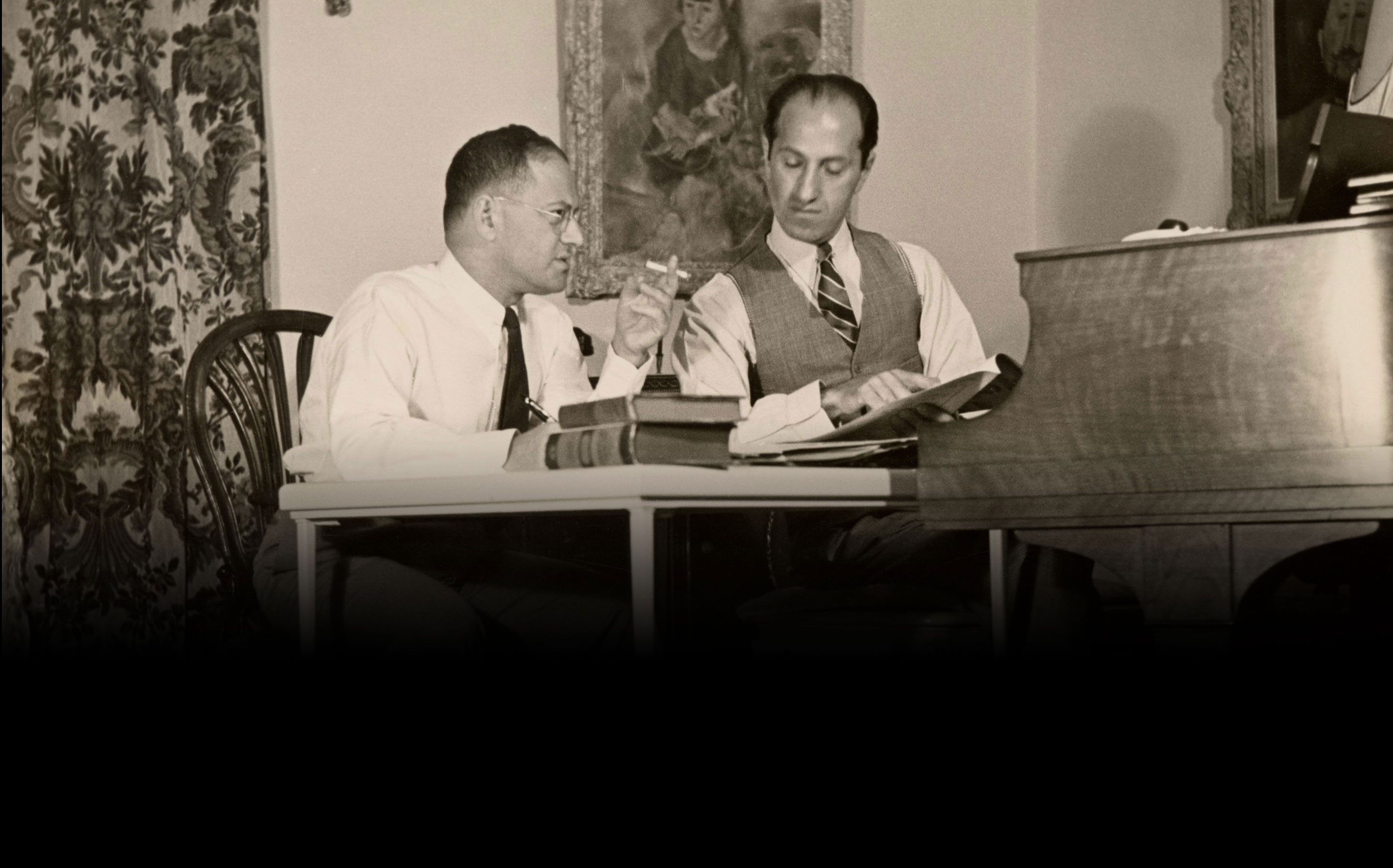Tin Pan Alley’s “Hawaiian Craze” of 1916
In 1916, during Tin Pan Alley’s “Hawaiian Craze”, Mele Kalikimaka was indeed the thing to say! George Gershwin spent his teenage years, from 1914-1917, cutting his teeth as a song plugger for the publisher Jerome H. Remick & Co. in Tin Pan Alley. In the early twentieth century, Tin Pan Alley was the hotbed of American popular song composition, churning out hit after hit by composers Gershwin admired. Many successful composers, like Irving Berlin and Jerome Kern, had similarly begun their careers as song pluggers or house pianists. Tin Pan Alley songs are notorious for their use and appropriation of […]
